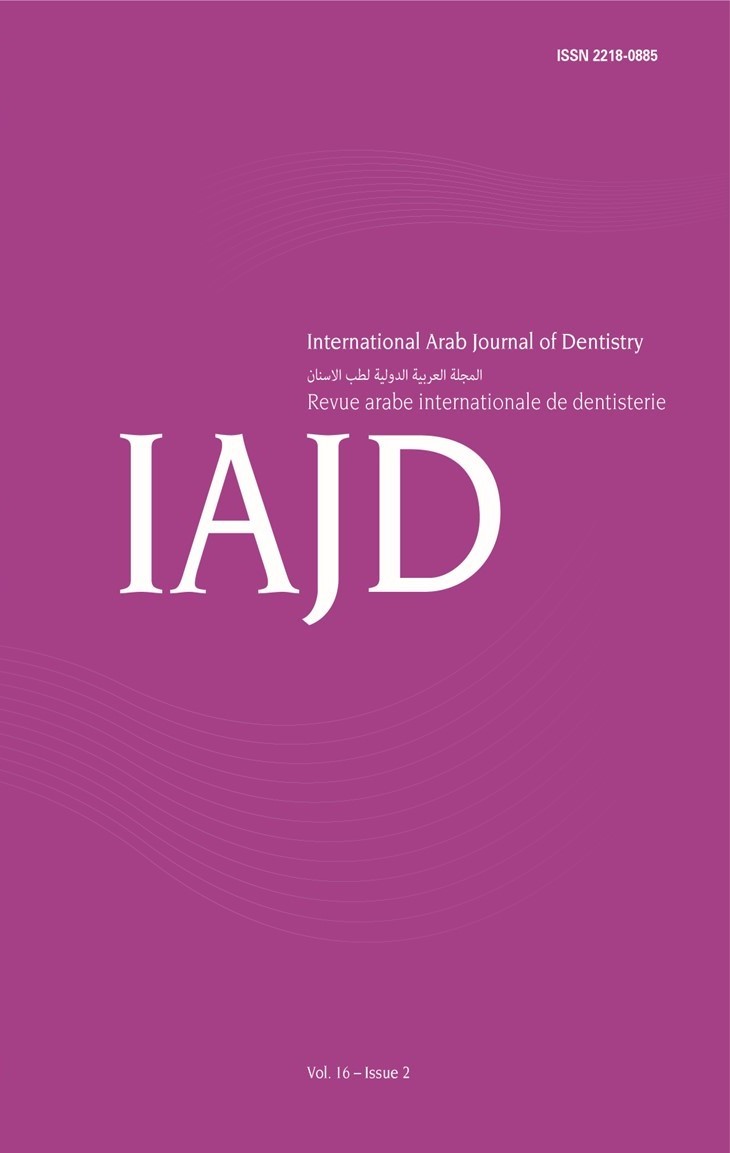Abstract
Objectives: Root perforations can lead to periodontitis and alveolar bone loss. This study compared cytotoxicity and osteogenic potential of zirconia-containing mineral trioxide aggregate (MTA) Matreva (MAT group) to MTA Angelus (ANG group) as root perforation repair materials.
Methods: Bone marrow mesenchymal stem cells (BM-MSCs) were extracted from two albino rats and cultivated. The cytotoxicity of the studied materials was determined using the 3-(4,5-dimethylthiazol-2-yl)-2,5-diphenyl tetrazolium bromide (MTT) assay at three time points: 3, 7, and 14 days. The evaluated materials were employed to guide the osteogenic differentiation of BM-MSCs into osteoblasts. The osteogenic impact was evaluated by assessing calcium deposition with Alizarin red staining (ARS) and expression of receptor activator of nuclear factor-kappa B (NFκB) ligand (RANKL) protein in BM-MSCs seeded on the investigated materials for 14 days. Genes analyzed included tumor necrosis factor (TNF-α), transforming growth factor beta (TGF-β), and interleukin 1 beta (IL-1β). The data was statistically examined.
Results: Cytotoxicity and osteogenic potential did not differ significantly between the ANG and MAT groups (p > 0.05). The MAT group had the greatest average calcific area percentage (90%), followed by the ANG group (68%) and negative controls (NC, 48%). BM-MSCs in the MAT group had the greatest amount of RANKL protein expression, followed by the ANG group. The ANG group had considerably higher levels of TNF-α and IL-1β compared to NC. TGF-β levels were considerably higher in the MAT group compared to the NC.
Conclusions: Zirconia-based MTA exhibits comparable cytotoxicity and osteogenic capability to standard MTA Angelus.

